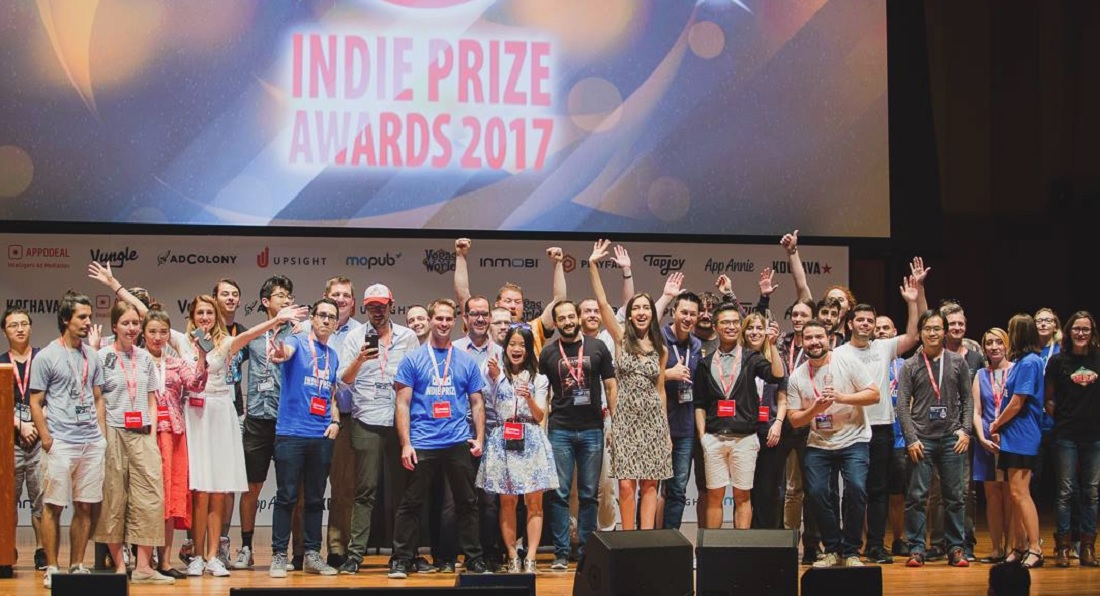The game industry always fluctuates between hope and despair. I witnessed that this week at the Casual Connect game event in Seattle. All sorts of tea leaves show games are hitting a lull, and yet many believers have faith that their part of the industry is growing. I’m still sorting through what it all means, but it would be good to figure out if we’ve got an expanding gaming universe that is spreading out like a Big Bang or a collapsing black hole.
Casual Connect is a sprawling conference, and it was last held in Seattle five years ago. Back then, the event drew about 2,000 people. This year, after a long run in San Francisco, the show returned to Seattle. And the event was smaller and the sessions weren’t as well attended. That prompted discussion about whether the game industry, at least in Seattle or the U.S., was in kind of funk.

Unlock premium content and VIP community perks with GB M A X!
Join now to enjoy our free and premium membership perks.
![]()

![]()